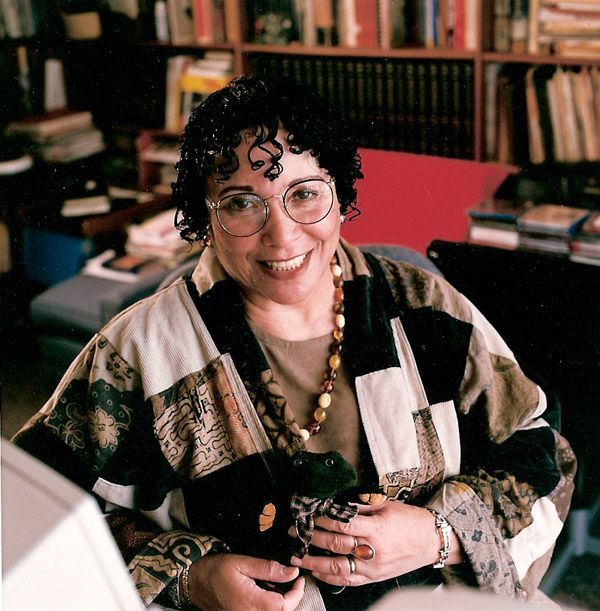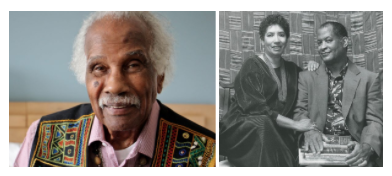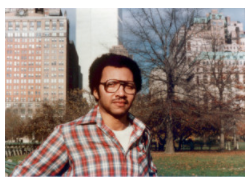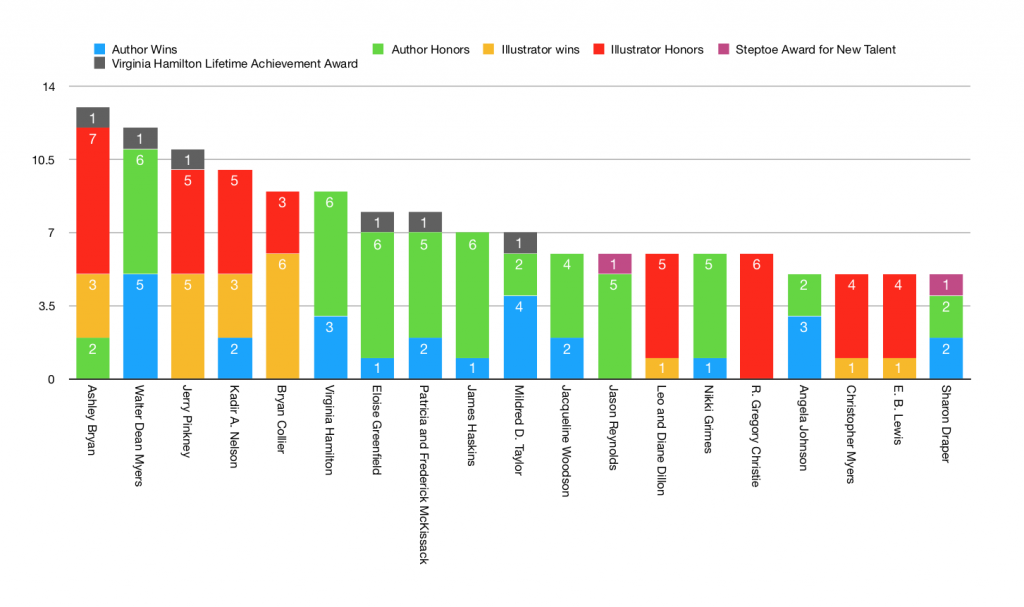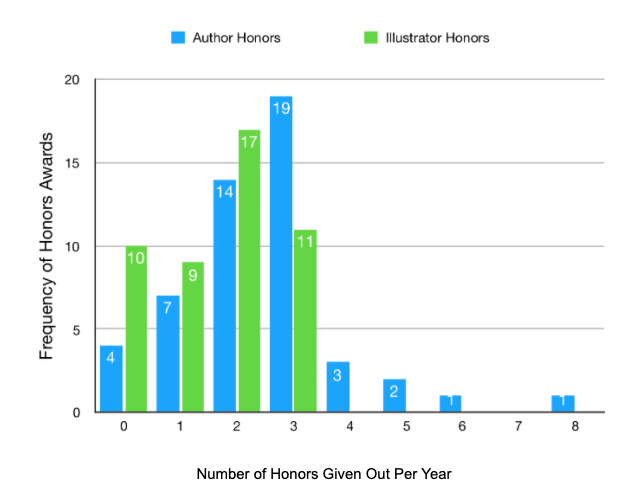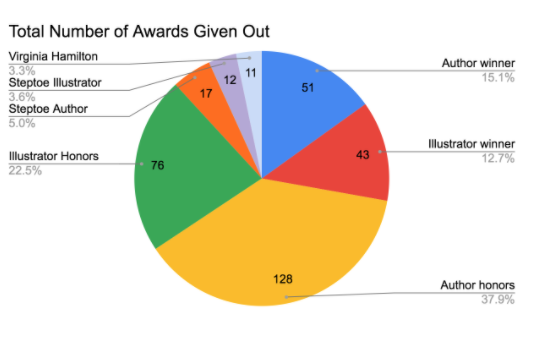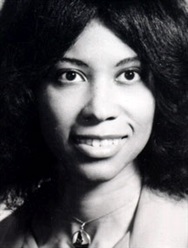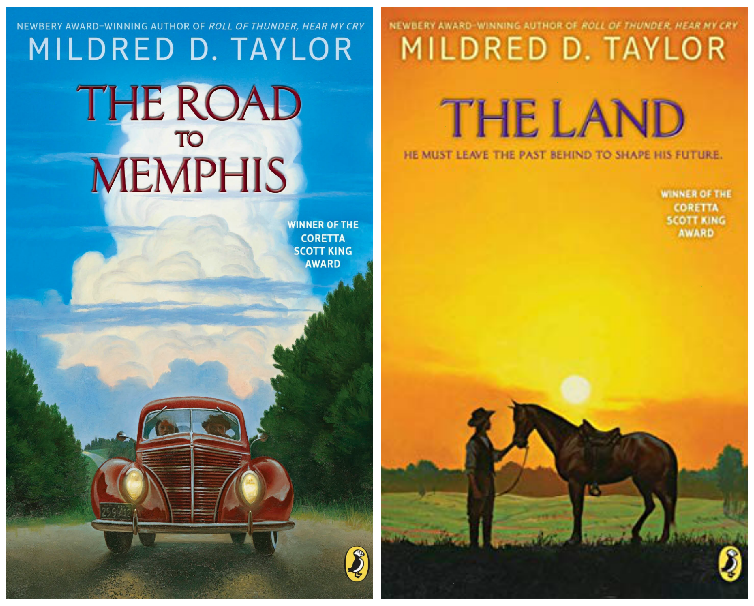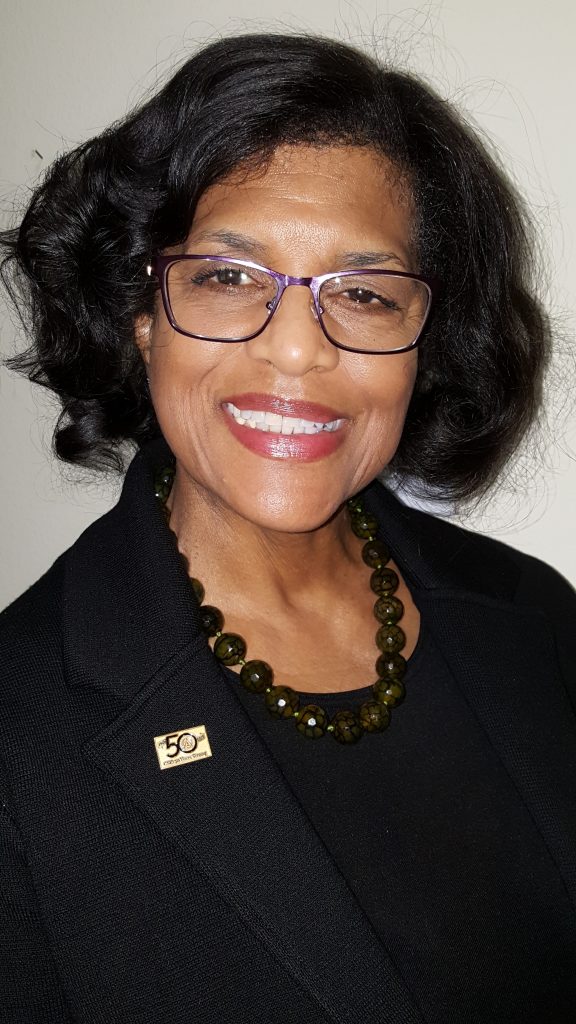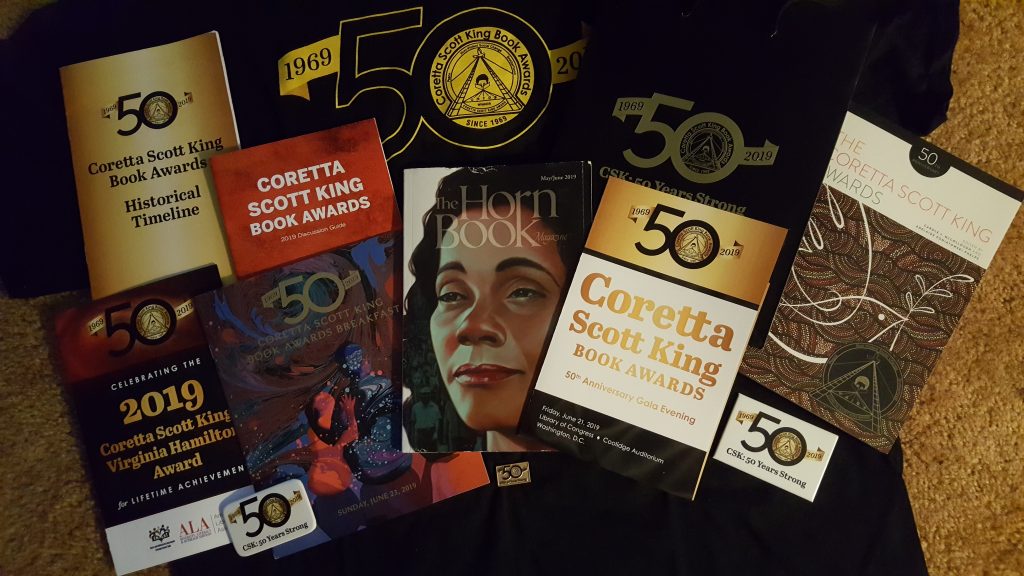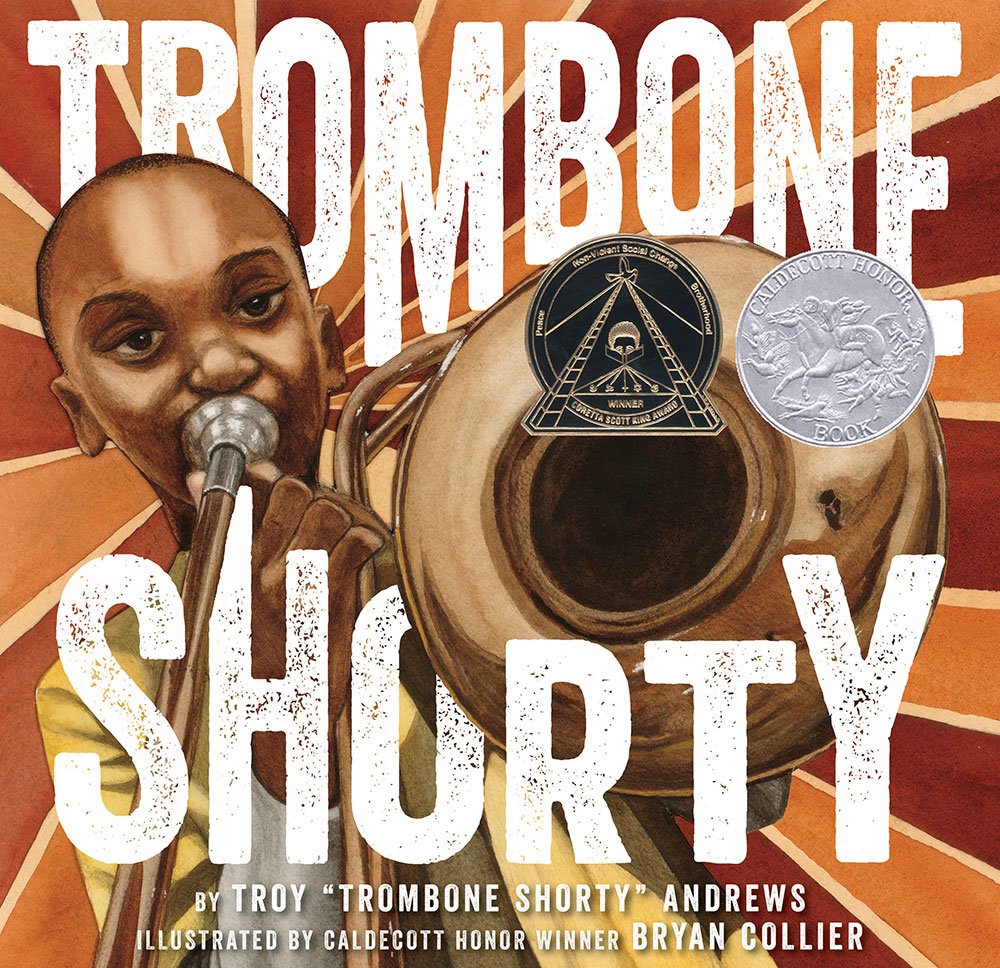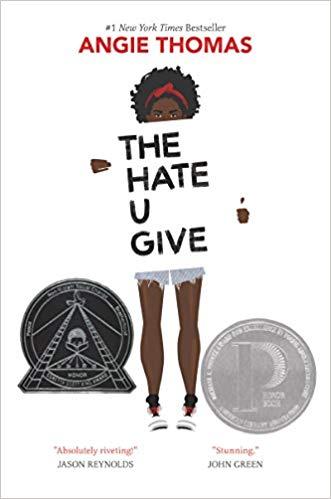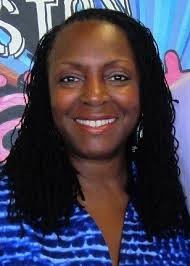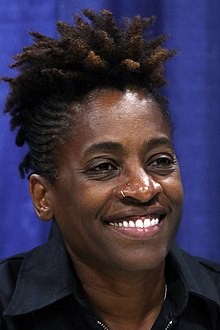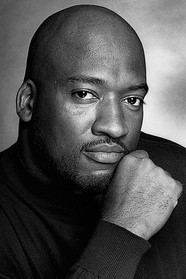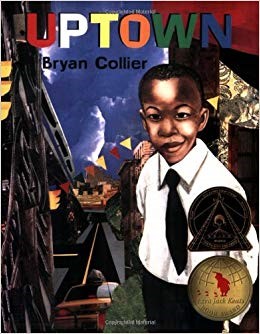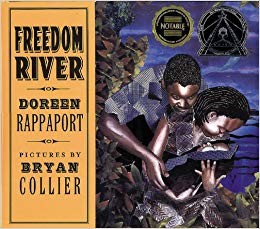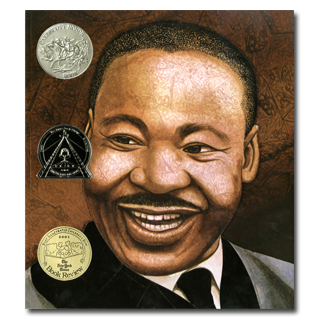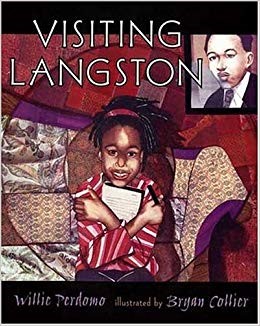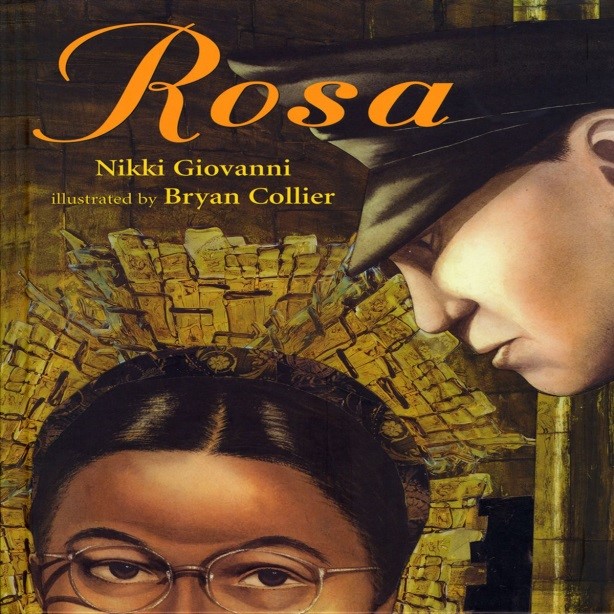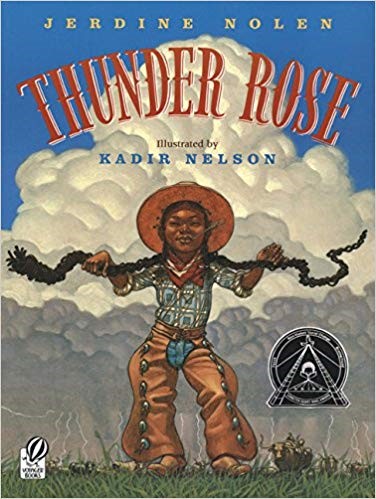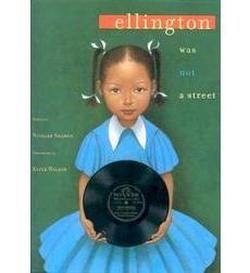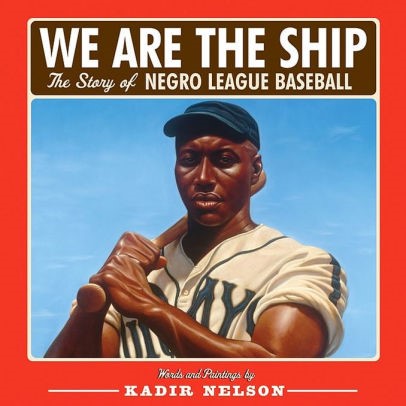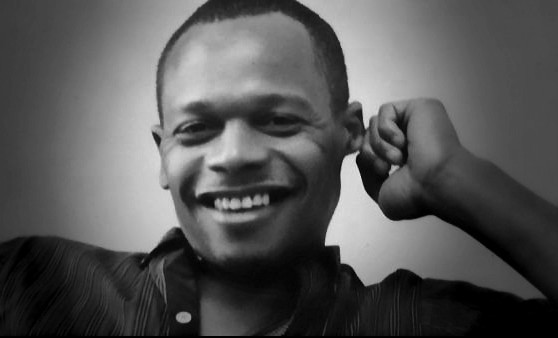
In 1970, the first Coretta Scott King Book Award was given. Significantly, the award’s namesake, Mrs. Coretta Scott King, wife of Dr. Martin Luther King, Jr., stressed the critical importance of children’s books as learning instruments that taught universal human values. Among these values was the enduring belief that individuals must assume agency or responsibility for creating a world where the intrinsic beauty of African Americans was reflected in books with well-conceived and executed plots, fully-delineated characters, and images which thematically complement the book’s specific and overarching themes.
The John Steptoe Award for New Talent was established in 1995 and is awarded annually to an author or illustrator of books for children and young adults that celebrate African American life and culture. As one of several distinctions given by the Coretta Scott King Book Awards Committee, the Steptoe Award confers distinction to recipients with fewer than three published works. It seeks to “affirm new talent and to offer visibility for excellence in writing and/or illustration which otherwise might be formally unacknowledged within a given year, and at the beginning of a career as a published book creator.”
In this post, we’ll review the first decade’s recipients of the award.
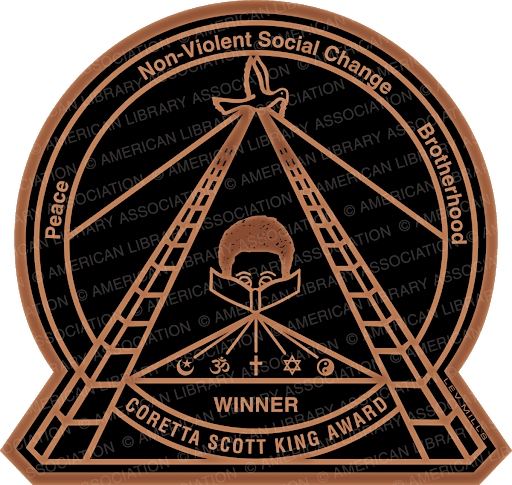
In 1995, Sharon Draper won the first John Steptoe Award for Tears of a Tiger. The first book in the Hazelwood High Trilogy, this novel describes the guilt and grief of Andy, driver of a car involved in a traffic accident that killed a fellow “Tiger” or student at Hazelwood High School. The book title and content ask a primarily adolescent reading audience to examine drunk driving, death, guilt, depression, suicide, and healing.
Notably, the novel is presented through the eyes of an African American male, which is a device Draper uses to share public responses to African American males. Formerly an English teacher, Draper’s novel is also used in high school English classes for its use of complementary narrative voices which deconstruct the notion of truth and tone.
Draper’s other works include her Jericho series, Sassy series, Ziggy and the Black Dinosaurs series as well as ten standalone novels, nonfiction and poetry.

Martha Southgate won the Steptoe for her debut novel, Another Way to Dance in 1997. Like Draper, Southgate’s novel is relayed through the eyes of an African American teen. This bildungsroman describes a fourteen-year-old Vicki Harris and her desire to become a ballerina. While Vicki wins acceptance at the distinguished School of American Ballet in New York City, Southgate describes the isolation Vicki experiences as one of two African Americans at the school as well as her exploration of her identity as an African American. The racism she encounters and her efforts to negotiate this racism are a vital part of this narrative. Thematically, the negotiation of race and racism is presented in Southgate’s four novels (three of which are narrated by female protagonists) that examine the African American middle class and their diverse responses to other African Americans, race, and racism in America.
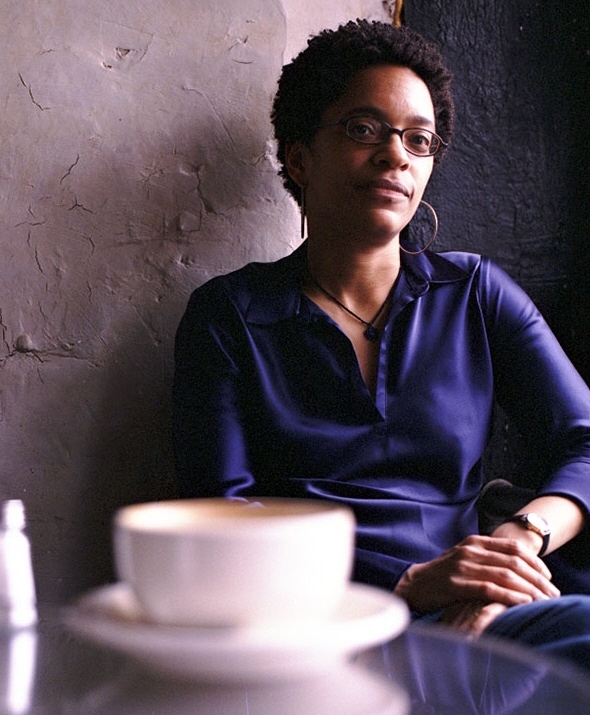
In 1999, Eric Velasquez, illustrator of The Piano Man won the Steptoe Award. Velasquez’s images appeal to young readers who are the target audience for his first children’s picture book. Set in the decades leading up to and including the coming of sound in film in 1927, the book’s seventeen illustrations show the dignity and grace of African American men, women, and children as they enjoy entertainments like traveling shows and films. Velasquez’s depictions center on the life of Sherman Robinson, the grandfather of The Piano Man author Debbie Chocolate. Robinson was a pianist trained by jazz pioneer, Jelly Roll Morton. Young readers see Robinson’s composure and polish as he achieves milestones like purchasing his home, and meets professional and personal challenges. Velasquez also highlights African American culture by depicting African American filmgoers supporting filmmaker Oscar Micheaux by attending his 1931 film, The Exile.

In 1999, Sharon Flake received the Steptoe Author Award for The Skin I’m In. The novel is a bildungsroman that also addresses bullying, racism, family loss, and low self-esteem experienced by Maleeka Madison, an African American girl with a deep skin tone. Flake unflinchingly describes the world around Maleeka, made brutal by a select few, and the specific encounters Maleeka endures as a darker-skinned African American. Ultimately, Maleeka gains self-confidence through her writing and validating experiences with teachers and can defend herself. However, Flake targets victims as well as victimizers in her novel by asking those who bully to explore the motivations for their actions.

John Steptoe Award Chronology
2000 No award
1999 The Skin I’m In by Sharon Flake (Steptoe Author Award)
1999 The Piano Man illustrated by Eric Velasquez (Steptoe Illustrator Award)
1998 No award
1997 Another Way to Dance by Martha Southgate (Steptoe Author
Award)
1996 No award
1995 Tears of a Tiger by Sharon Draper (Steptoe Author Award)
——-
Dr. Leslie Campbell Hime is manager of the Richland Public Library in Richland, Washington. She is an incoming ALA Councilor and a former chair of EMIERT and ALA’s Diversity Research Grant Advisory Committee. She obtained her MLIS from the University of Arizona and PhD in English from Michigan State University.

